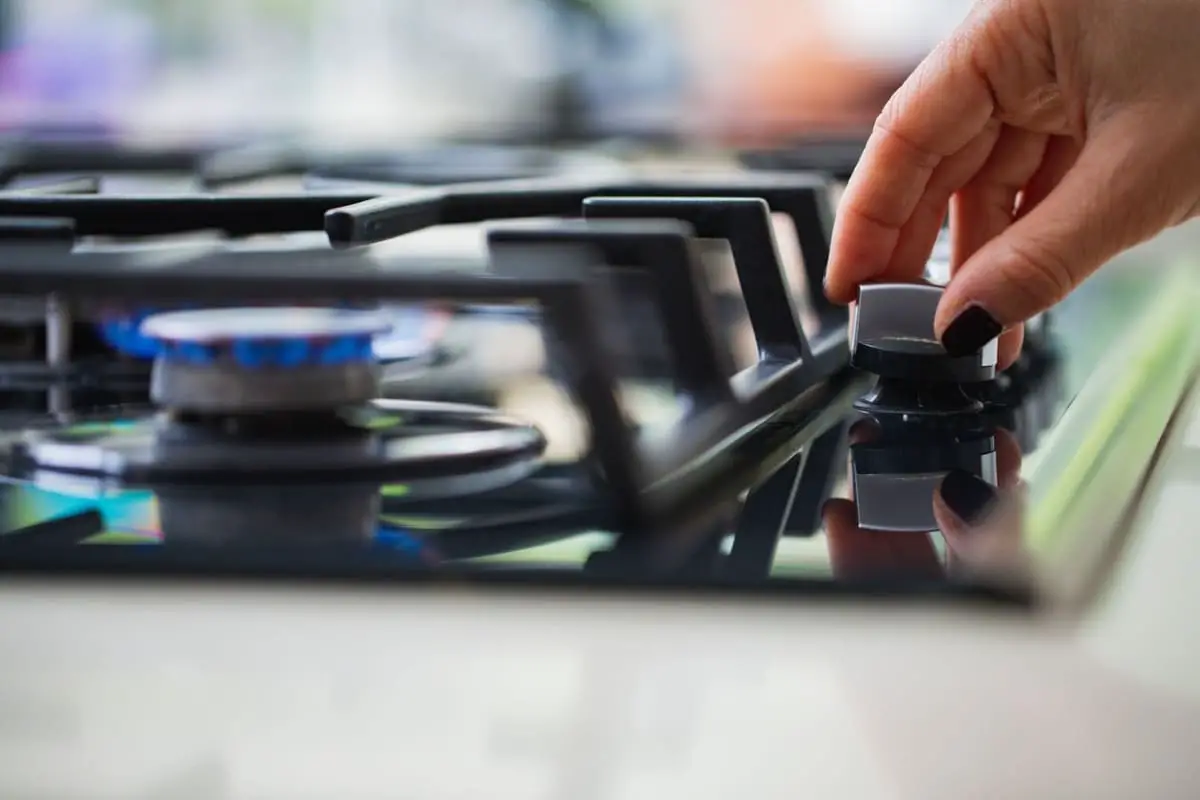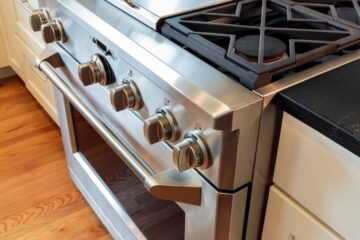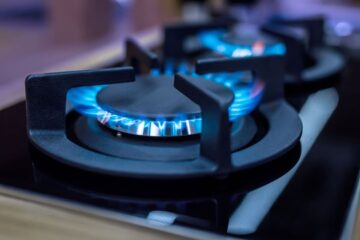Stove grates are an essential part of any gas stove. They are designed to support the cookware and distribute heat evenly. However, not all stove grates are created equal. Some grates are made of cast iron, while others are coated with enamel. Enamel coating provides a smooth, greasy surface that is less slippery and oily.
Knowing whether your stove grates are enamel coated is important because it affects how you clean them. Enamel coated grates require a different cleaning method than cast iron grates. Using the wrong cleaning method can damage the enamel coating and reduce the lifespan of your grates. Therefore, it is important to know how to tell if your stove grates are enamel coated.
Why It Matters?
Determining whether stove grates are enamel coated or not is important for several reasons. Here are some reasons why it matters:
Cleaning
Enamel coated grates require a different cleaning approach than non-coated grates. Using abrasive cleaners or scrubbing pads can damage the enamel coating, leading to discoloration and scratches. On the other hand, non-coated grates can withstand harsh cleaning methods, making them easier to clean.
Durability
Enamel coating provides an extra layer of protection to stove grates, making them more durable and long-lasting. Enamel coating prevents rusting and corrosion, which can shorten the lifespan of non-coated grates.
Safety
Enamel coated grates are less slippery and oily than non-coated grates, making them safer to use. The enamel coating provides a non-stick surface that prevents food from sticking, reducing the risk of flare-ups and fires.
In summary, identifying whether stove grates are enamel coated or not is crucial for proper cleaning, durability, and safety.
What Is Enamel Coating?
Enamel coating is a layer of glass that is fused to a metal surface, such as cast iron or steel. This coating provides a smooth, non-porous surface that is resistant to scratches, stains, and rust. Enamel coatings come in a variety of colors and finishes, making them a popular choice for cookware, stoves, and other household appliances.
Enamel coatings are made by melting powdered glass onto a metal surface at high temperatures. The glass melts and fuses to the metal, creating a hard, durable coating. Enamel coatings are typically applied in several layers to ensure a smooth, even finish.
Enamel coatings have several advantages over other types of coatings. They are highly resistant to scratches and stains, making them ideal for cookware and other kitchen appliances. They are also resistant to rust and corrosion, which can prolong the life of the appliance. Additionally, enamel coatings are easy to clean and maintain, requiring only a mild detergent and a soft cloth.
Enamel coatings are commonly used on stove grates to provide a smooth, non-porous surface that is easy to clean. They also provide a protective barrier against rust and corrosion, which can be a problem in humid or damp environments. If you are unsure whether your stove grates are enamel coated, there are several ways to test them, including checking for a smooth, sheen surface and looking for signs of rust or corrosion.
How To Identify Enamel Coated Stove Grates?
When it comes to cleaning stove grates, identifying the type of grate you have is essential. Enamel coated stove grates require different cleaning methods than uncoated cast iron grates. Here are some ways to identify if your stove grates are enamel coated.
Visual Inspection
One way to identify enamel coated stove grates is through visual inspection. Enamel coated stove grates have a smooth and shiny surface, with a glossy finish. They usually have a black or gray color and a greasy texture. Uncoated cast iron grates, on the other hand, have a matte finish and a rough texture.
Magnet Test
Another way to identify if your stove grates are enamel coated is through a magnet test. Enamel coated stove grates are not magnetic, while uncoated cast iron grates are. You can use a magnet to test if your stove grates are enamel coated or not. If the magnet does not stick to the grates, they are enamel coated.
Acid Test
An acid test can also help identify enamel coated stove grates. Enamel is resistant to acid, while uncoated cast iron is not. You can use a small amount of vinegar or lemon juice on a cotton swab and apply it to a small area of the grate. If the surface bubbles or reacts, it is uncoated cast iron. If there is no reaction, it is enamel coated.
Tips For Maintaining Enamel Coated Stove Grates
Enamel coated stove grates are a great addition to any kitchen, but they require proper maintenance to keep them looking and functioning their best. Here are some tips to help maintain your enamel coated stove grates:
Clean Regularly
One of the most important things you can do to maintain your enamel coated stove grates is to clean them regularly. This will help prevent buildup of grease and food particles that can be difficult to remove later on. Use a soft-bristled brush and warm, soapy water to clean your grates after each use, and make sure to dry them completely before putting them back on the stove.
Avoid Harsh Chemicals
Enamel coated stove grates are sensitive to harsh chemicals, so it’s important to avoid using them when cleaning your grates. Instead, opt for natural cleaning solutions like baking soda and vinegar, which are gentle yet effective at removing dirt and grime.
Use Non-Abrasive Cleaners
When cleaning your enamel coated stove grates, it’s important to use non-abrasive cleaners that won’t scratch or damage the enamel coating. Avoid using steel wool or other abrasive materials, and instead opt for soft-bristled brushes and non-abrasive cleaning solutions.
Inspect For Damage
Regularly inspect your enamel coated stove grates for any signs of damage, such as cracks or chips. If you notice any damage, it’s important to replace your grates as soon as possible to prevent further damage to your stove.
Store Properly
When not in use, it’s important to store your enamel coated stove grates properly to prevent damage. Avoid stacking your grates on top of each other, as this can cause scratches and other damage. Instead, store your grates in a dry, cool place where they won’t be exposed to moisture or extreme temperatures.
Conclusion
Determining whether stove grates are enamel coated or not can be a bit tricky, but with the right knowledge, it can be done easily. It is important to determine whether the grates are enamel coated or not before cleaning them, as the cleaning process for each type of grate is different.
One way to determine if the grates are enamel coated is to look at their texture. Enamel-coated grates have a smooth, slightly greasy texture, while uncoated cast iron grates are matte and feel a bit rough. Another way to determine whether the grates are enamel coated or not is to look up the make and model of the stove.
If the grates are enamel coated, it is important to use a soft-bristled brush when cleaning them to avoid causing any damage. It is also important to avoid using abrasive cleaners or steel wool, as these can scratch the enamel coating. Instead, use a mild detergent and warm water to clean the grates, and dry them thoroughly before placing them back on the stove.
If the grates are uncoated cast iron, it is important to season them before using them for the first time, and to re-season them periodically to prevent rusting. To season the grates, coat them with a thin layer of oil and bake them in the oven at 450°F for one hour. Once the grates are seasoned, they can be cleaned using a mild detergent and warm water, and dried thoroughly before placing them back on the stove.



